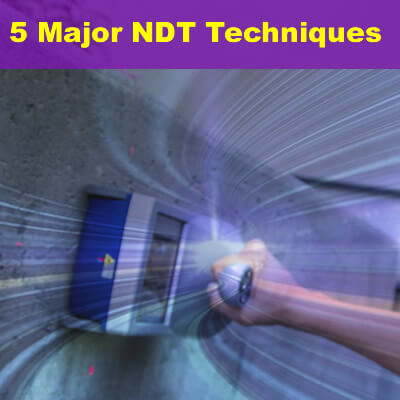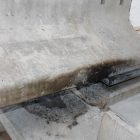Inspection and Condition Assessment of Culverts
This article describes non-destructive testing (NDT) applications and evaluation in the inspection and condition assessment of culvert structures. Depending on their particular application, concrete culverts can be exposed to water, wastewater, and other chemicals. This can result in the deterioration of culverts during their life cycle. Non-destructive













